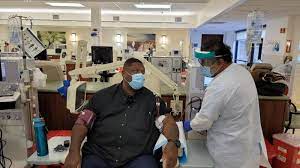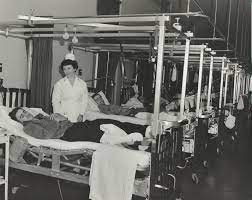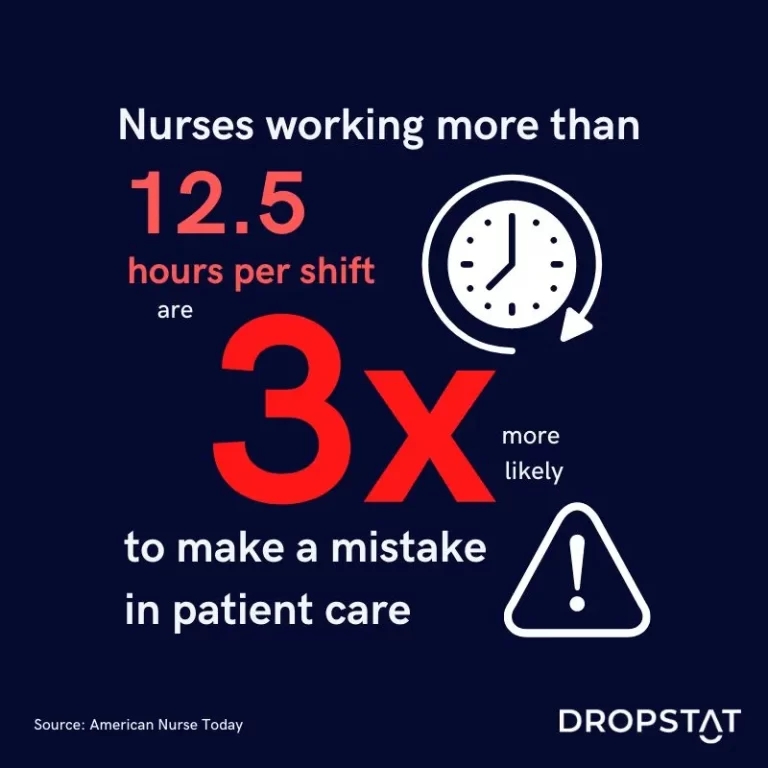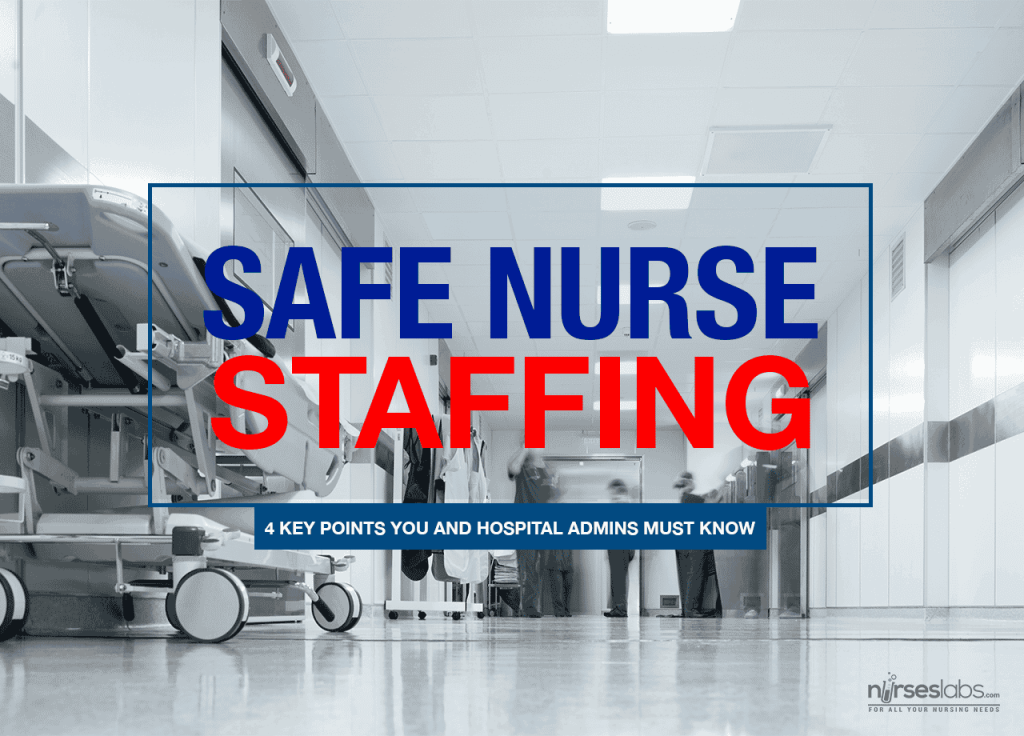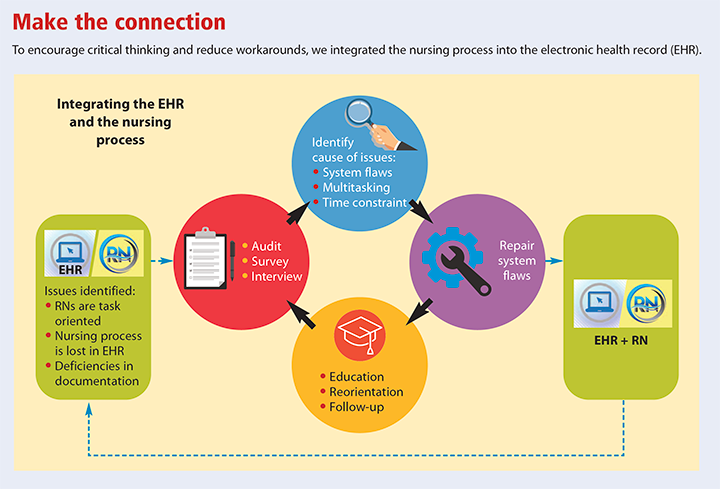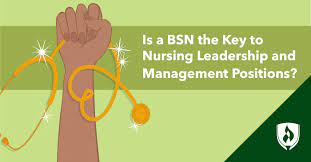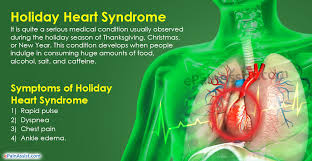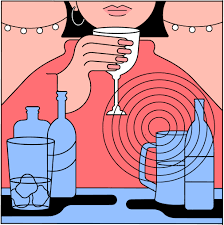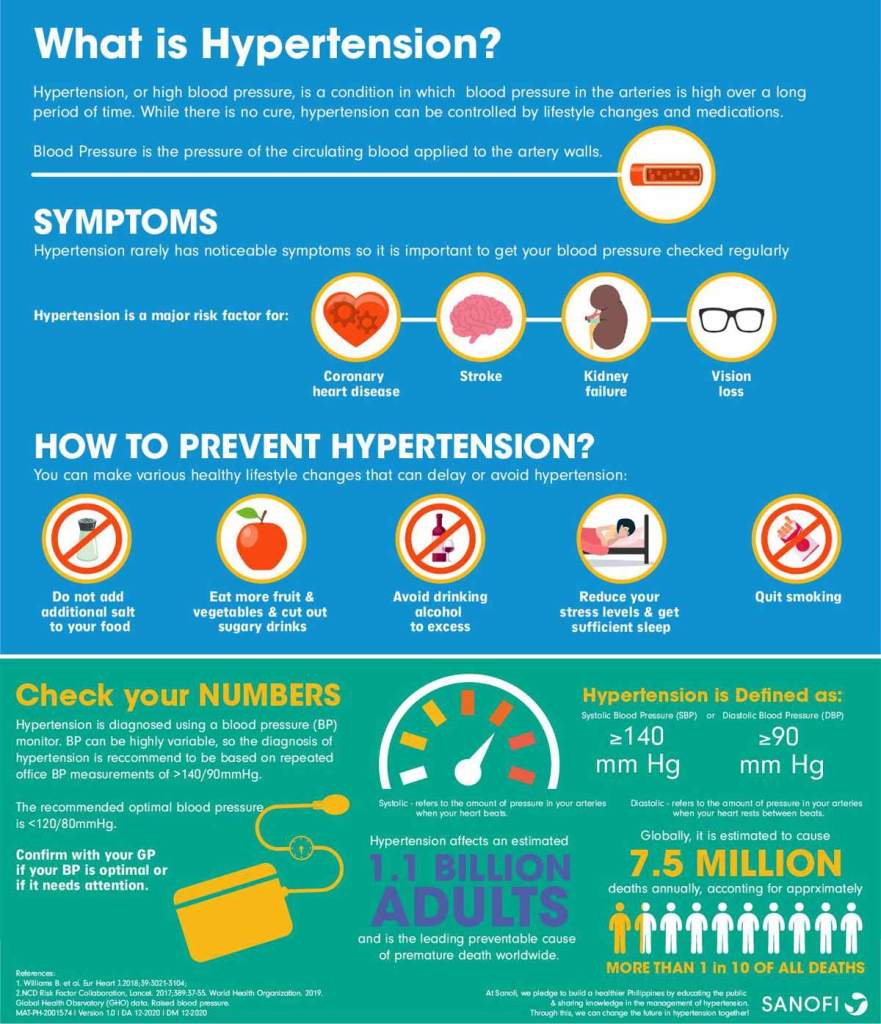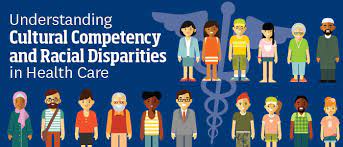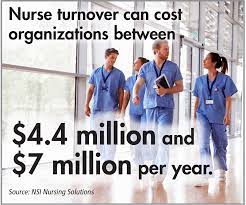Here is a short quiz covering general nursing skills. See how you do. Answers will be posted at the end, but don’t cheat. Take the test and do your best! Good Luck!!

Question 1
A nurse is caring for a patient who just underwent surgery. The patient reports a pain level of 8 on a scale of 1 to 10. Which of the following actions should the nurse take FIRST?
- A. Administer the prescribed analgesic.
- B. Reassess the patient’s pain after 30 minutes.
- C. Check the patient’s medical history for allergies.
- D. Educate the patient on the importance of pain management.
Question 2
A patient with heart failure is experiencing acute shortness of breath. Which of the following actions should the nurse prioritize?
- A. Place the patient in a high Fowler’s position.
- B. Restrict fluid intake immediately.
- C. Increase the rate of diuretics.
- D. Prepare for endotracheal intubation.
Question 3 (SATA)
Which of the following signs and symptoms would indicate an infection in a post-operative patient? (Select all that apply.)
- A. Elevated white blood cell count.
- B. Increased wound redness and warmth.
- C. Decreased heart rate.
- D. Purulent discharge from the wound.
- E. Patient reports a feeling of general malaise.
Question 4
A nurse is preparing to administer insulin to a patient with Type 1 diabetes mellitus. Which of the following actions is MOST appropriate?
- A. Rotate the injection sites to prevent lipodystrophy.
- B. Inject insulin into the same site to enhance absorption.
- C. Warm the insulin to body temperature before administration.
- D. Administer insulin only after meals to assess glucose levels.
Question 5
A patient is admitted with dehydration. The nurse notes the patient’s skin turgor is poor and mucous membranes are dry. Which of the following nursing interventions is MOST appropriate?
- A. Encourage oral fluids every 15 minutes.
- B. Administer IV fluids as prescribed.
- C. Apply a moisturizing lotion to the skin.
- D. Offer ice chips only to minimize fluid overload.
How are you doing so far? It’s a snap, right? I just thought I’d check in on you. Keep up the good work!
Question 6
A nurse is teaching a group of nursing students about the importance of hand hygiene in preventing hospital-acquired infections. Which of the following moments for hand hygiene did the nurse MOST likely emphasize? (SATA)
- A. Before touching a patient.
- B. Before a clean/aseptic procedure.
- C. After exposure to bodily fluids.
- D. After touching the patient’s surroundings.
- E. After documenting patient care on the computer.
Question 7
A patient with chronic obstructive pulmonary disease (COPD) is on oxygen therapy via nasal cannula at 2 L/min. The patient suddenly becomes restless, and the oxygen saturation drops to 88%. What should the nurse do FIRST?
- A. Increase the oxygen flow to 4 L/min.
- B. Check the position of the nasal cannula.
- C. Prepare to administer bronchodilators.
- D. Call for a respiratory therapist.
Question 8
A nurse is assessing a patient who complains of sudden, sharp chest pain and difficulty breathing. Which of the following conditions should the nurse FIRST suspect?
- A. Myocardial infarction.
- B. Pulmonary embolism.
- C. Pneumothorax.
- D. Pleurisy.
Question 9
A patient is scheduled for a colonoscopy and expresses anxiety about the procedure. Which of the following responses by the nurse is most appropriate?
- A. “You should not worry; it’s a very common procedure.”
- B. “Can you tell me more about what’s making you anxious?”
- C. “You’ll be sedated, so you won’t feel anything during the procedure.”
- D. “I will be right outside if you need anything during the procedure.”
Question 10
A nurse is caring for a patient with severe anemia. The physician has prescribed a blood transfusion. Which of the following actions should the nurse prioritize BEFORE initiating the transfusion?
- A. Verify the patient’s identity and blood group compatibility.
- B. Pre-medicate the patient with an antihistamine to prevent an allergic reaction.
- C. Educate the patient about the risks and benefits of blood transfusions.
- D. Check the patient’s temperature and blood pressure.
This quiz is designed to simulate the variety and depth of questions that might be found on nursing licensure examinations, encouraging critical thinking and the application of nursing principles in clinical scenarios.
Answer Key for Scenario-Based Nursing Quiz
Question 1
- Correct Answer: C. Check the patient’s medical history for allergies before administering any medication to ensure safety and prevent allergic reactions.
Question 2
- Correct Answer: A. Placing the patient in a high Fowler’s position helps improve lung expansion and ease breathing in patients experiencing acute shortness of breath.
Question 3 (SATA)
- Correct Answers: A, B, D, E. Elevated white blood cell count, increased wound redness and warmth, purulent discharge from the wound, and patient reports of general malaise are indicators of an infection.
Question 4
- Correct Answer: A. Rotating the injection sites helps prevent lipodystrophy and ensures better insulin absorption.
Question 5
- Correct Answer: B. Administering IV fluids as prescribed is the most appropriate intervention for a patient admitted with dehydration to quickly rehydrate the patient.
Question 6 (SATA)
- Correct Answers: A, B, C, D. Hand hygiene is crucial before touching a patient, before a clean/aseptic procedure, after exposure to bodily fluids, and after touching patient surroundings to prevent hospital-acquired infections.
Question 7
- Correct Answer: B. The nurse should first check the position of the nasal cannula to ensure it is properly placed and delivering oxygen effectively before adjusting oxygen flow or considering other interventions.
Question 8
- Correct Answer: C. Sudden, sharp chest pain and difficulty breathing are classic signs of pneumothorax, which should be suspected before considering other conditions.
Question 9
- Correct Answer: B. Asking the patient to elaborate on their anxieties allows the nurse to provide targeted reassurance and information, addressing specific concerns about the colonoscopy procedure.
Question 10
- Correct Answer: A. Verifying the patient’s identity and blood group compatibility is the most crucial step before initiating a blood transfusion to prevent transfusion reactions.
This answer key is designed to provide rationale and guidance on the correct answers for the quiz, facilitating learning and understanding of nursing practices in clinical scenarios.





